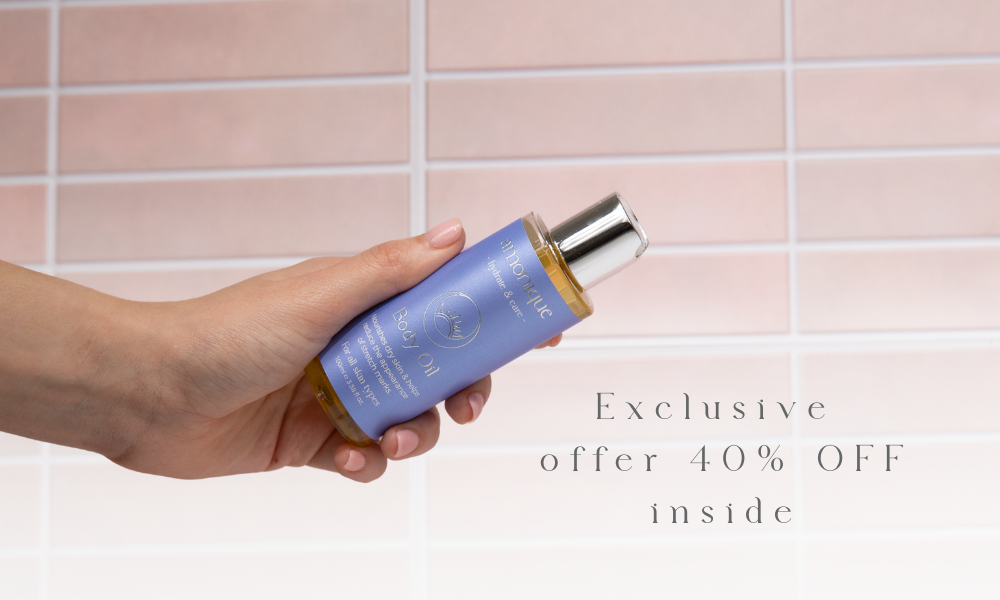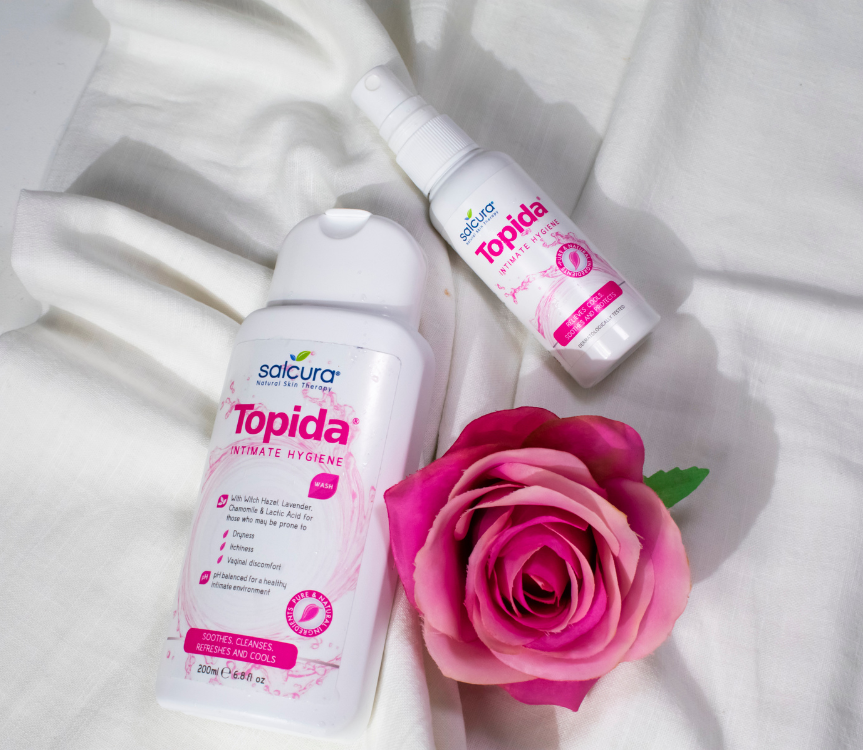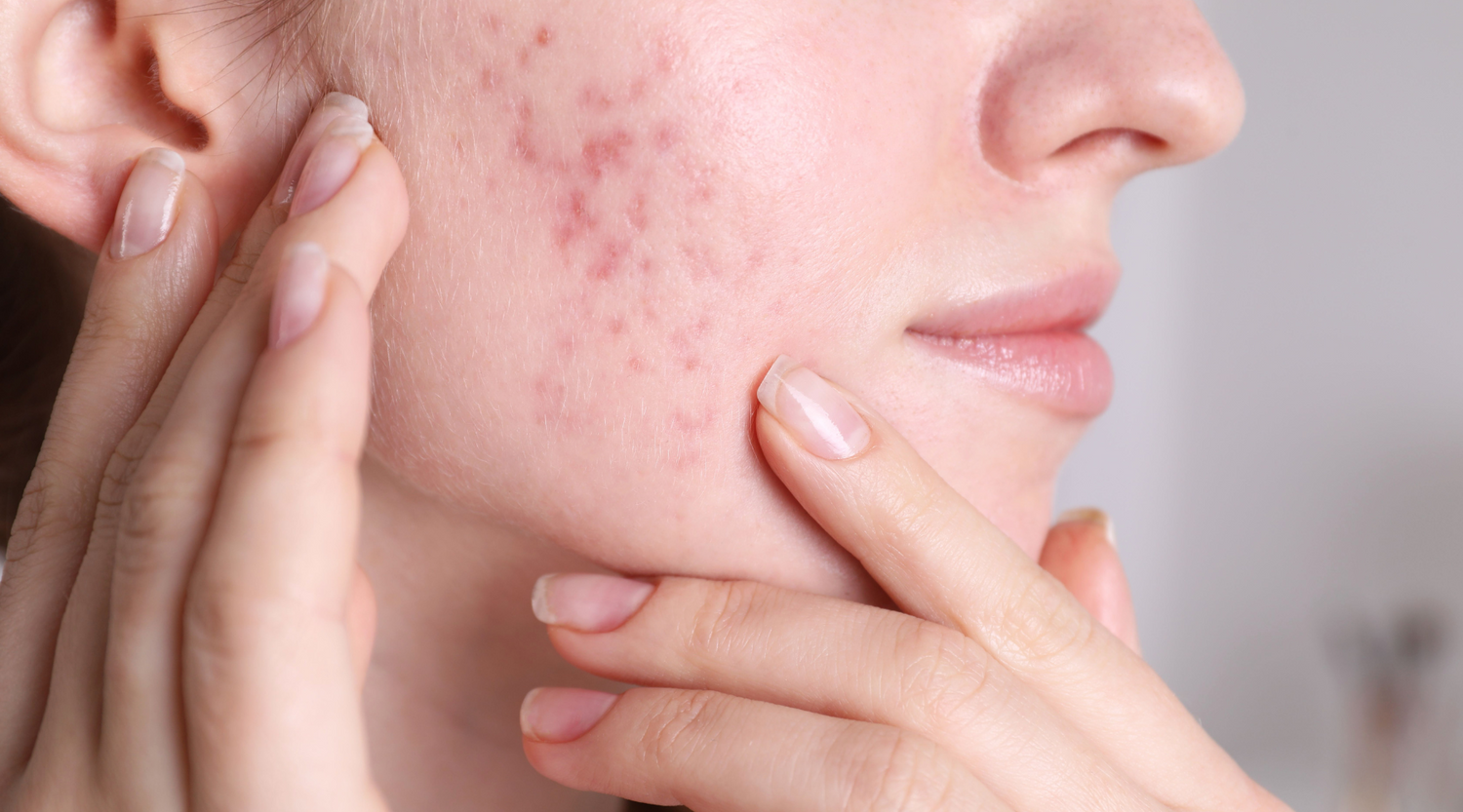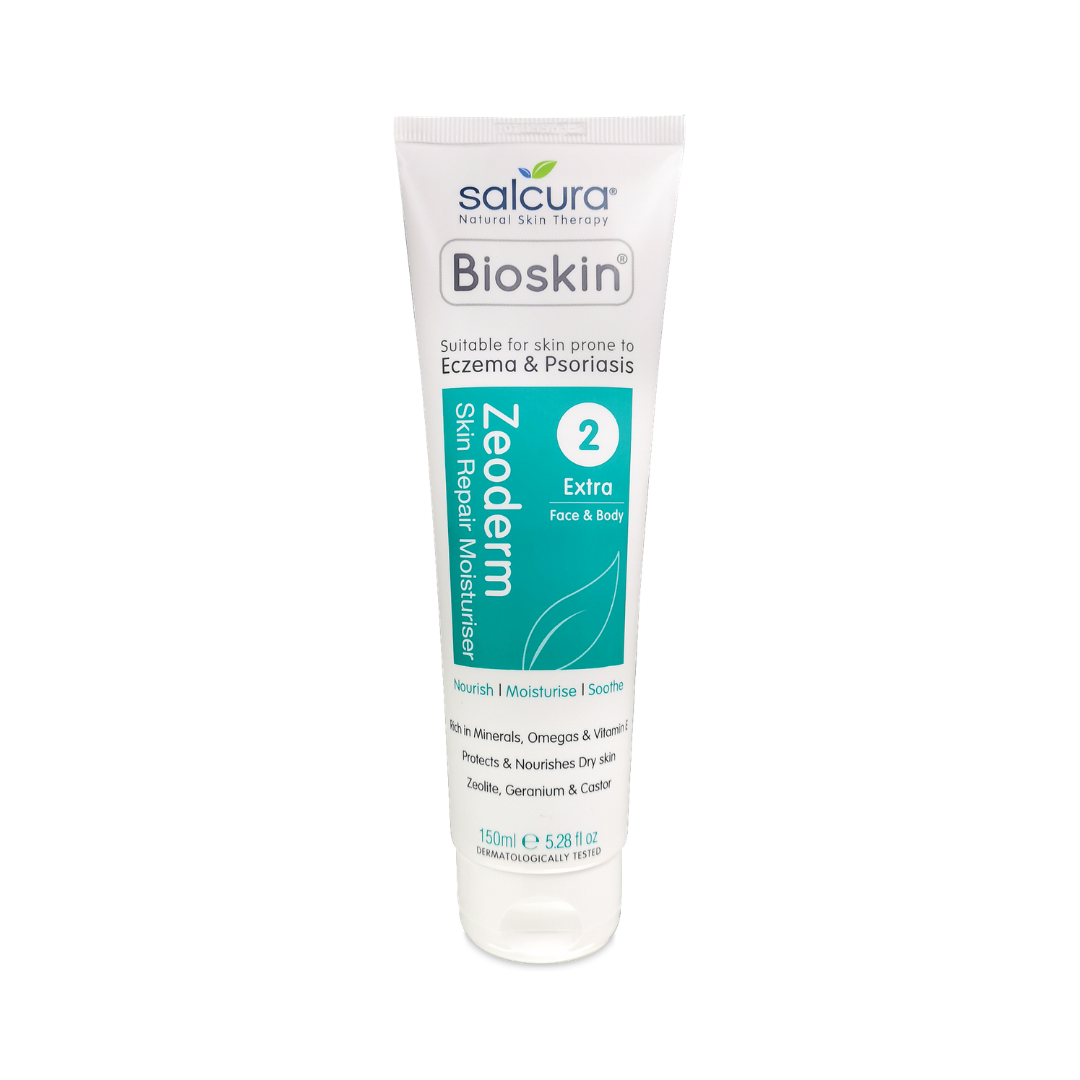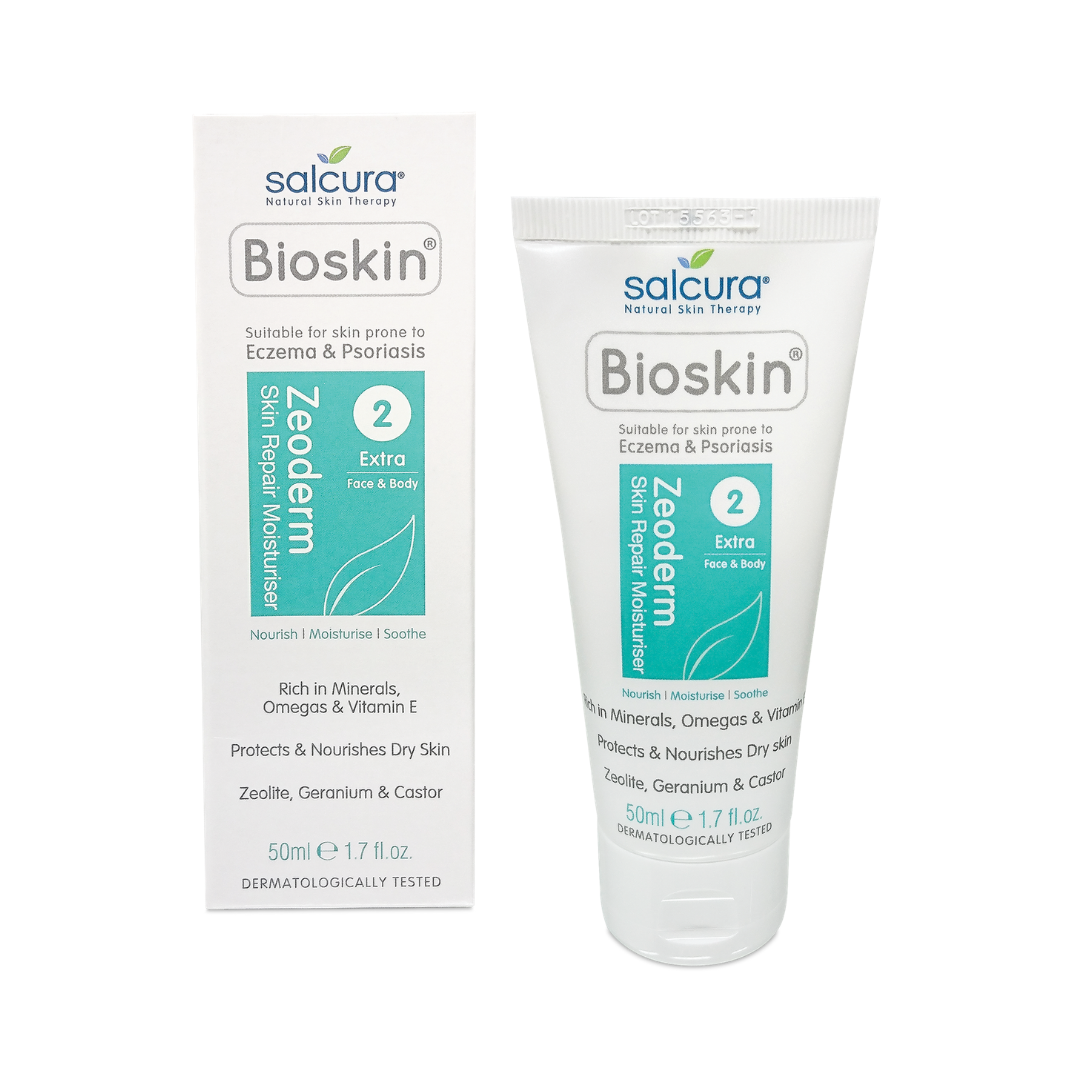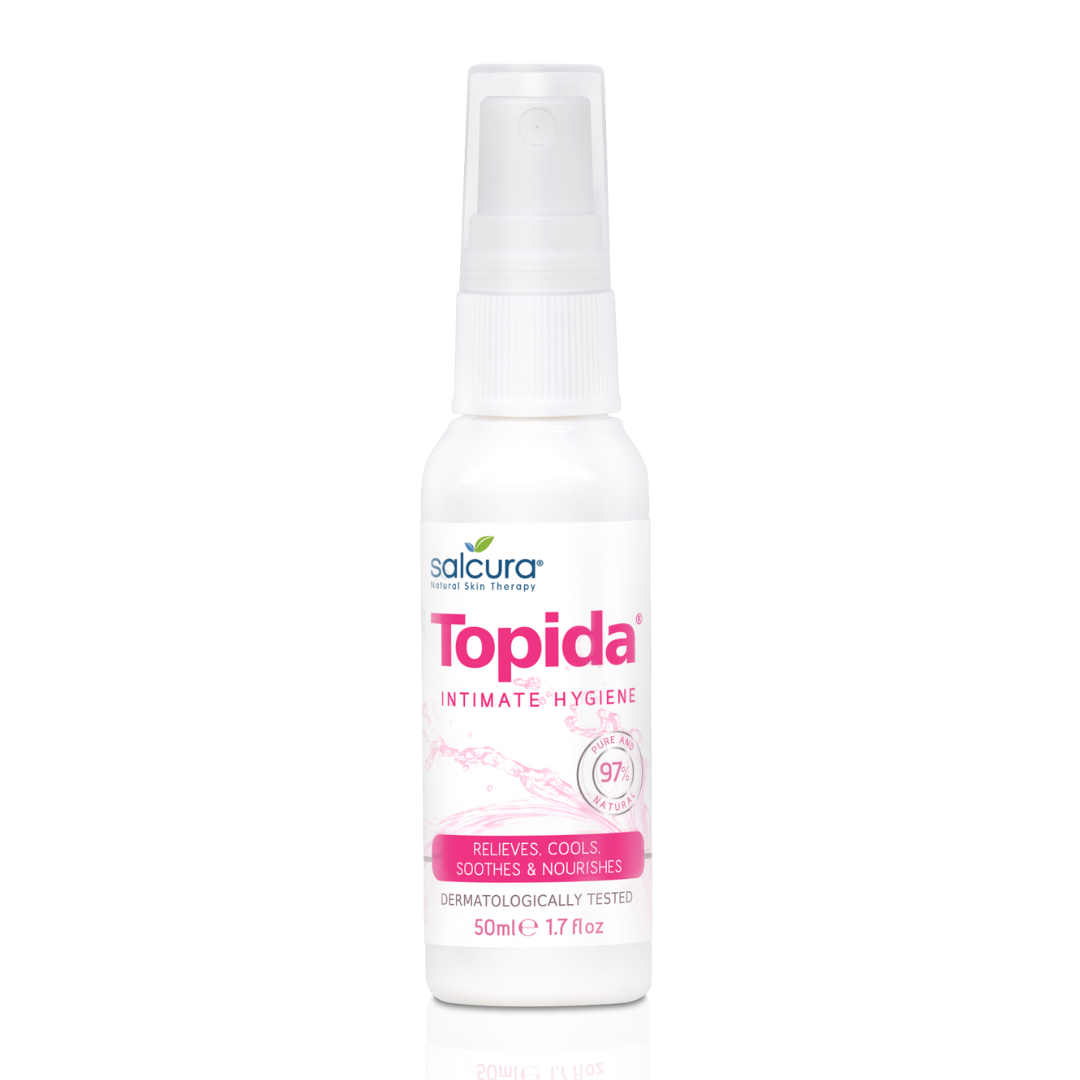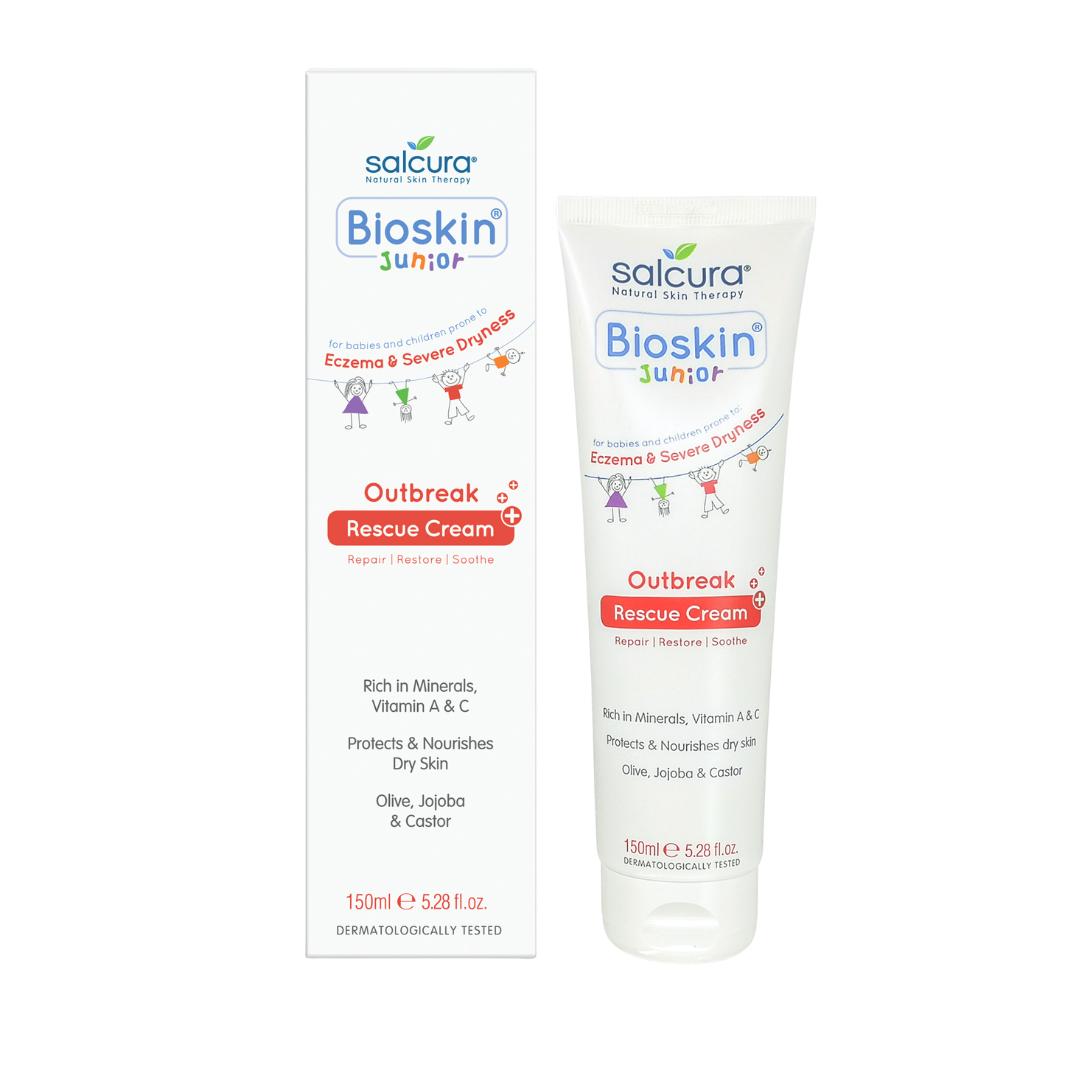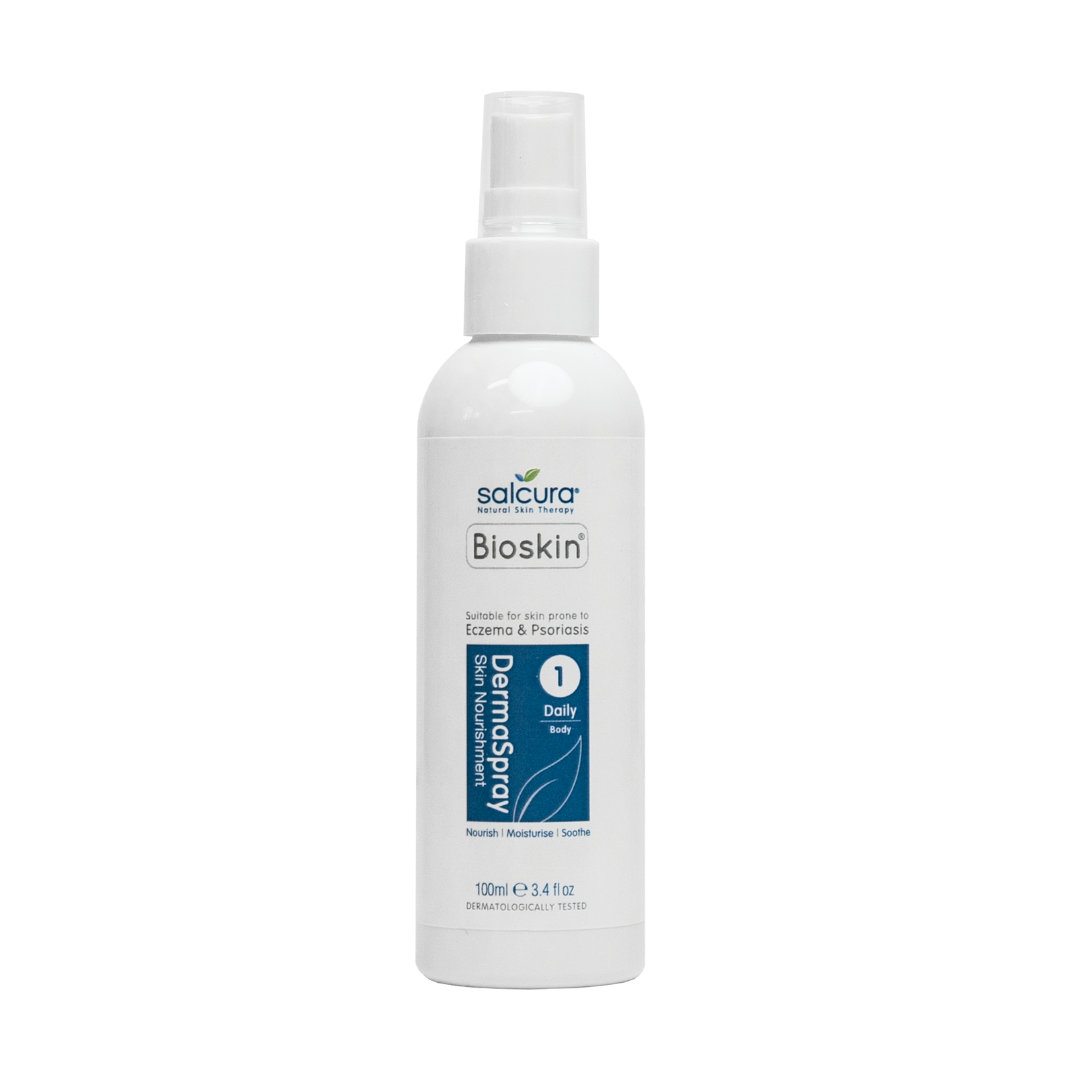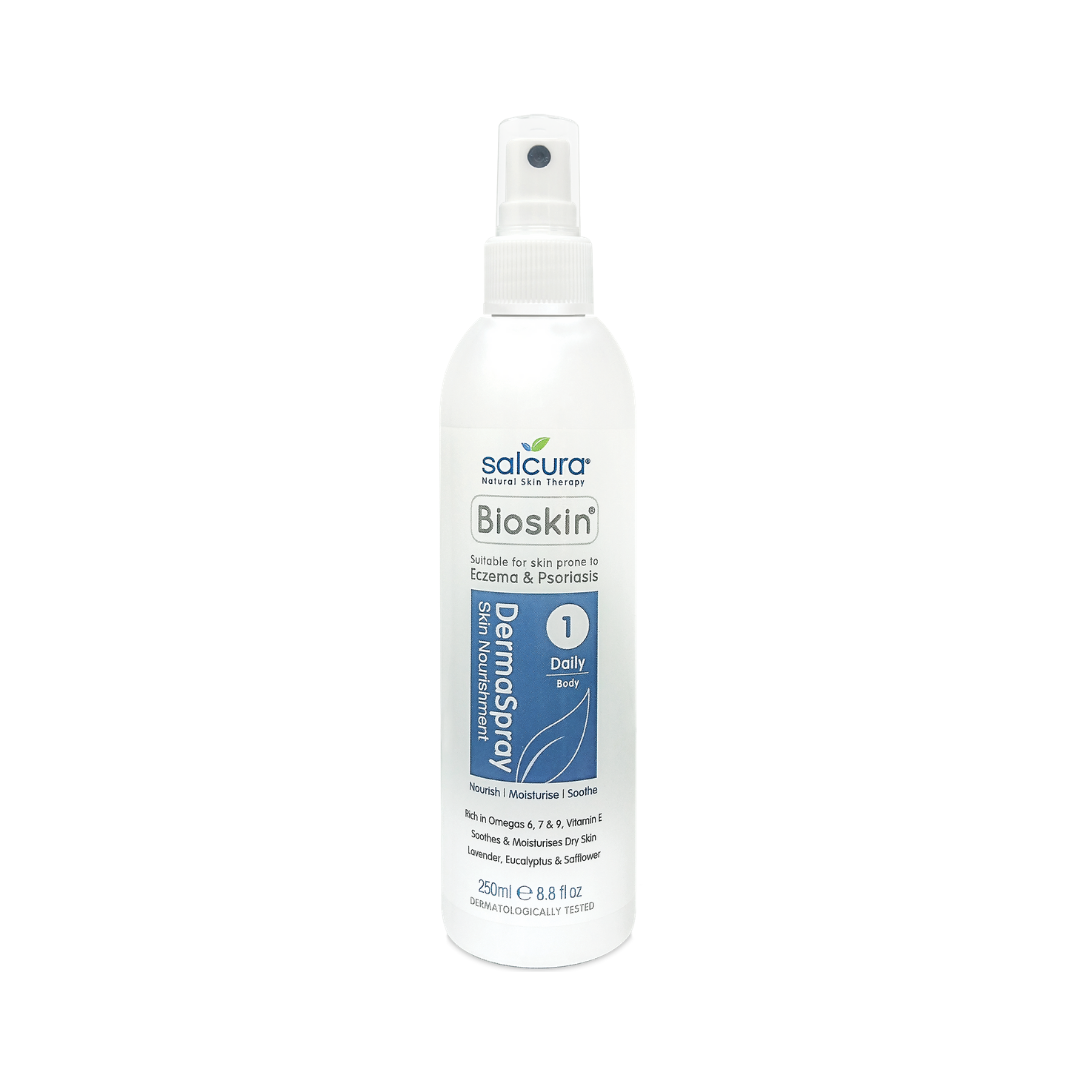Spring is a time of new beginnings with spring flowers blooming, barbecues in the garden and walks on sunny, warm evenings. Sadly, an unwanted side effect of the season is pollen. If you’re not a bee and you find yourself among the ten million Brits who suffer from pollen allergies, that can be, at best, an annoyance and, at worst, a serious problem.
As I’m sure you know, pollen is produced by all the spring flowers that start to sprout up at this time of year. They’re gorgeous to look at, but the vast majority contain this tiny yellow powder that circulates around the air and can bring itchy eyes, sniffling, congestion and, worst of all, itchy skin and eczema flare-ups. While eczema is not a direct allergic response to a substance, it, along with hives, can be strongly linked to and triggered by seasonal allergies. The skin can become dry, itchy and uncomfortable due to the change in the air and the pollen swirling around it.
It can, at that point, be tempting to just stay indoors – whack the telly on, relax in the shade and have a G and T. It’s not worth going out if you have to deal with the sneezing and the itchiness, right? Wrong! There are so many benefits to getting outside, safely of course, in the current health crisis, from getting your vitamin D fix from the sun to fresh air filling your lungs, to exercise – the list goes on!
With that in mind, here’s Salcura’s list of top 5 tips to help you minimise the symptoms of your spring allergies:
- Keep pollen from getting into your house: Keep your windows and doors shut when you’re out and, if you have it, use air conditioning to keep the air cycling, filtering out any pollen that may have snuck in while it’s at it. Change your clothes frequently, too. As soon as you get in, put your clothes in the wash to stop any pollen that’s clinging to your clothes from making its way around the home.
- Prevention over treatment: Preventing pollen from entering your body is hard or even impossible, but there are products available that will reduce your exposure. HayMax is a great example of this – a light balm that you can apply to your nostrils, that will trap at least 1/3 of pollen that you would otherwise inhale. If you do decide to take allergy medication, it’s better to start early. Don’t wait for the sniffles to start, start taking any medication you might consider before the symptoms of allergies strike.
- Avoid contact with pollen on sensitive areas particularly: Protect your eyes and mouth from allergies by making sure you don’t ingest any spores. You can wear a mask when outdoors (which might come more naturally now than before) and sunglasses to minimise expose to your eyes. You can also use a rich cream to create a bit of a barrier on your skin too.
- Shower and wash your hair before bed: Allergens seem to affect us worse at night, so minimise the chance of waking up a snotty mess by washing the pollen from your body before you get into bed. Use our DermaSpray to further hydrate and stop any irritation in its tracks.
- Change bedding frequently: much like the previous tip, this will help minimise the presence of pollen in your bed, so you don’t end up marinading in allergens while you sleep. Use light, natural fabrics in your home as well as on your body – they will keep you cool, dry and comfortable, as sweatiness can quickly lead to itchiness.
If you have children who suffer from spring allergies, following these tips is also essential for them. Make sure your children change their clothes once they’ve come back from the park, give them a quick but thorough wash before bed and dress them in natural fabrics and layers. Beyond that, our Bioskin Junior range can help keep dry, red and itchy skin at bay in your young ones, freeing them up to enjoy the world outside without being burdened by the irritation of spring allergies.
We hope these tips help you as you manage allergies and enjoy the sunshine!


